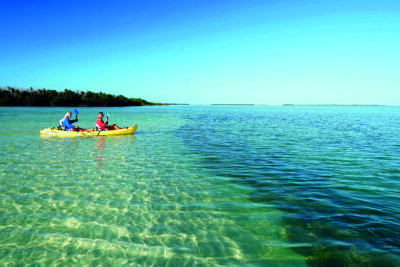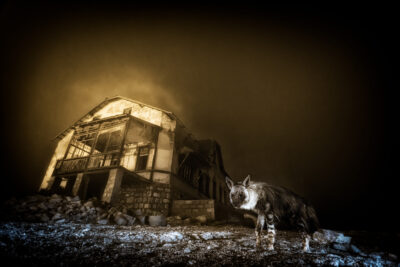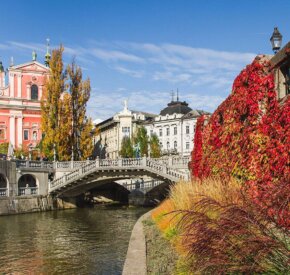
A guide to Morocco’s 9 UNESCO World Heritage Sites
From historic medinas to coastal kasbahs, Morocco’s UNESCO-listed sites reflect the country’s crossroad of cultures. Here, we walk you through each heritage treasure…
At the intersection of Amazigh, Arab, and European influences, Morocco has witnessed a succession of dynasties and settlements that left behind fascinating historic architecture, cities and towns. Here’s a guide to the country’s 9 designated UNESCO Word Heritage Site, in the order they were designated…
1. Medina of Fes

Year inscribed by UNESCO: 1981
Fes boasts having the world’s oldest university, the University of al-Qarawiyyin, founded in 857-859 as a mosque and higher-education centre by Fatima al-Fihri. The city reached its golden age in 13th-14th century as the Marinid dynasty capital, becoming the largest Muslim city of its time alongside Cairo. Its fountains, religious schools, and funduqs (lodging for merchants) are still visible today. Explore some of Fes medina’s 9,000+ alleyways, for it is the biggest in Morocco. The region is also known for its leather industry, so you can see rows upon rows of stone vats filled with multi-coloured dyes. Perhaps you’ll be offered a sprig of mint to plug your nostrils against the pungent smell…
2. Medina of Marrakech

Year inscribed by UNESCO: 1985
This 12th-century Almohad capital is surrounded by walls 2-metres thick and 9-metres tall, made of the region’s distinctive red clay that gave rise to Marrakech’s nickname ‘Red City’. Typical visits begin at the Jamaa el-Fna square where rows of fruit juice and barbeque stands vie for your attention. Nearby stands the Koutoubia mosque, whose 77m minaret likely inspired the Giralda of Seville. Enter the medina, and you’ll find never-ending streets flanked by craft shops and street food stalls, as well as hidden heritage sites including Ben Youssef Madrasa, a beautiful 16th-century Islamic school with more than 13o rooms. Finish a busy day by lounging in a rooftop café to take in the vast medina from a birds-eye view.
Read next: The best things to do in Marrakech
3. Ait Ben Haddou

Year inscribed by UNESCO: 1987
First fortified in the 11th century, Ait Ben Haddou is an epitome of southern Morocco architecture. Situated at the foot of High Atlas by the Asif Ounila river, this defensive cluster was a stop along old caravan trading routes between the Sahara and Marrakech. Its distinctive red buildings were constructed from rammed earth and straw – a vulnerable design especially in states of abandonment, meaning that today’s buildings were made in the 17th century onward using ancient methods. Reachable as a day trip from Marrakech or Ouarzazate, the village is another Game of Thrones filming location, as well as the setting of famous movies including Lawrence of Arabia and Gladiator.
Read next: Movies and TV shows you didn’t know were filmed in Morocco
4. Historic City of Meknes

Year inscribed by UNESCO: 1996
One of Morocco’s four imperial cities, Meknes was founded in 11th century as a Almoravid military base. It became capital of the Alawi dynasty in the 17th century under Sultan Moulay Ismail, who built its defensive walls and lavish palatial complex. Today, you can visit Place al-Hedim public square with its imposing Bab al-Mansour gate and see the exquisite zellij design of Madrasa Bou Inania religious school. Also read up on the story of Khanata bint Bakkar – the woman who emerged from Sultan Moulay Ismail’s harem of thousands to become Morocco’s first minister and de facto ruler.
5. Medina of Tetouan

Year inscribed by UNESCO: 1997
With white houses spilling across the slopes of Jebel Dersa in northern Morocco, Tetouan’s medina is protected by a 5km wall with seven gates for entry. The architecture exhibits clear Andalusian influences: It was built by refugees expelled from the Andalus after Reconquista. The Darija dialect here, too, includes more Spanish influences than does further down south. Today, locals are busy at the markets with mule-drawn carts of fresh strawberries and street-side stalls selling flavourful Harira soup. You can visit Tetouan as a day-trip from Tangier or stay there to spend a day in the nearby blue city of Chefchaouen.
6. Volubilis Archaeological Site

Year inscribed by UNESCO: 1997
This capital of the Mauretania Kingdom, founded 3rd century B.C., has witnessed the rise and fall of several civilisations. It prospered under Roman rule through olive growing at the very fringe of their expansive empire. Volubilis later became the Islamic Idrisid dynasty’s capital. The triumphal arches, mosaics, and thermal baths excavated from Volubilis show exchange of influences from High Antiquity to Islamic times, preserved by nearly a thousand years of abandonment. Worth a day trip from Fes or Meknes.
Play next: Quiz: How well do you know Morocco?
7. Medina of Essaouira

Year inscribed by UNESCO: 2001
Known as the windy city, Essaouira was once a port vital to international trade. In the 18th century, King Mohammed III commissioned a team of French, English, and Moroccan architects to construct its fortifications, leaving behind its iconic ramparts with Dutch-made cannons. Synagogues in the mellah (Jewish quarter) and a large Jewish cemetery are remnants of the former community of Moroccan Jews who eventually emigrated. The city is also known as the capital of Gnaoua music, so keep an ear out for performances and festivals to experience this uniquely Moroccan combination of ritual poetry, music, and dance. Game of Thrones fans: The Essaouria medina is the setting for Astapor, so try to spot the familiar ramparts. It also recently starred in Netflix’s Lonely Planet (2024).
8. Portuguese City of Mazagan (El Jadida)

Year inscribed by UNESCO: 2004
Constructed in the 16th century, Mazagan was one of the first Portuguese settlements in Africa. Its star-shaped fortress holds a Portuguese cistern, a dark Gothic-style sub-terranean chamber where green-tinted pillars reflect eerily in rainwater collected through a circular opening. After Portuguese abandonment, Mazagan was renamed El Jadida (The New) as a centre of commerce and diversity, with mosques, churches, and synagogues. You can visit this coastal city from Casablanca or stay in one of its many luxury resorts to experience this historic place in style.
9. Rabat: Modern Capital and Historic City

Year inscribed by UNESCO: 2012
With modern trams passing ancient Moorish doors, Rabat expresses a pioneering approach to town-planning that incorporates historical preservation. The city is a seamless blend between 12th-century Almohad fortifications and 20th-century French Protectorate urban designs. You can behold the ancient Chellah ruins that have withstood centuries of change, before crossing the street to find the contrasting 1864-built royal palace, known as Dar al-Makhzen. Rabat is reachable by its nearby airport, by high-speed rail from Tangier, or by train from Marrakech. Spend a few days here to wander medina streets, visit pristine art galleries, and admire the coastal Kasbah des Oudayas.
Read next: The best things to do in Rabat


















